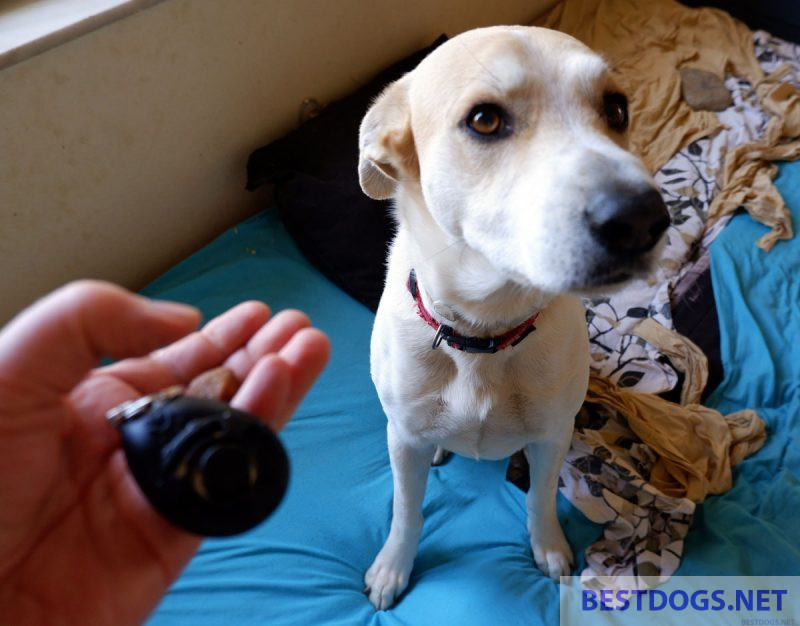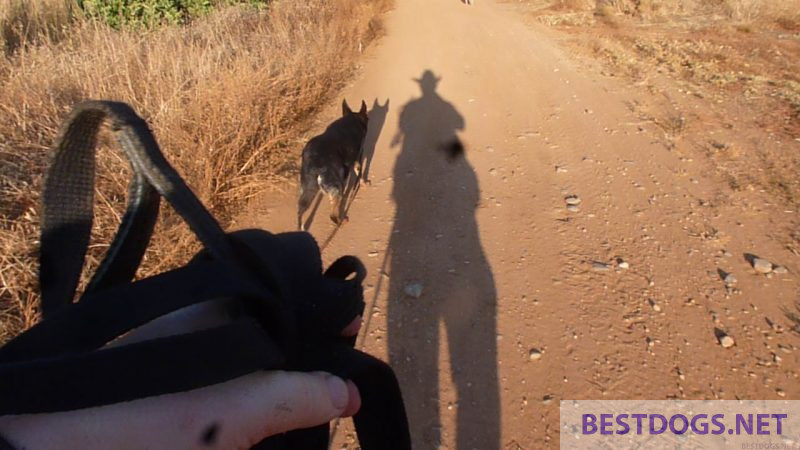Best Wildlife Camera Models for Nature Photography.
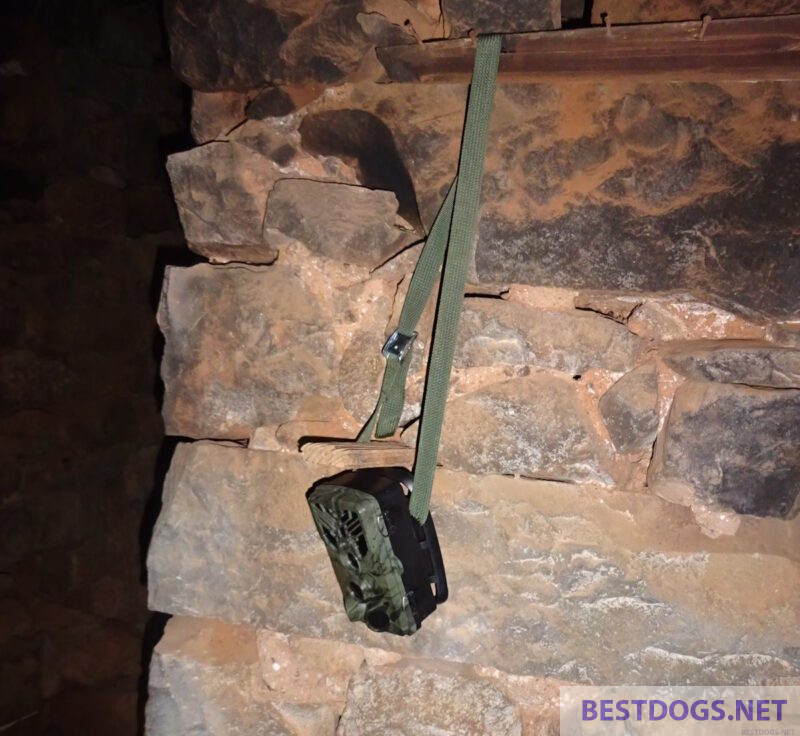
Best Wildlife Camera Models for Nature Photography
Table of Contents
Wildlife cameras, also known as trail cameras or game cameras, have become essential tools for nature enthusiasts, researchers, and hunters. These rugged devices capture photos and videos of animals in their natural habitats without human interference. They’re designed to withstand harsh outdoor conditions and can be left in place for extended periods, providing valuable insights into animal behaviour and movements.
We use wildlife cameras here to monitor the street cat population, which has to be fed and sterilised, or to search for lost dogs at feeding stations.
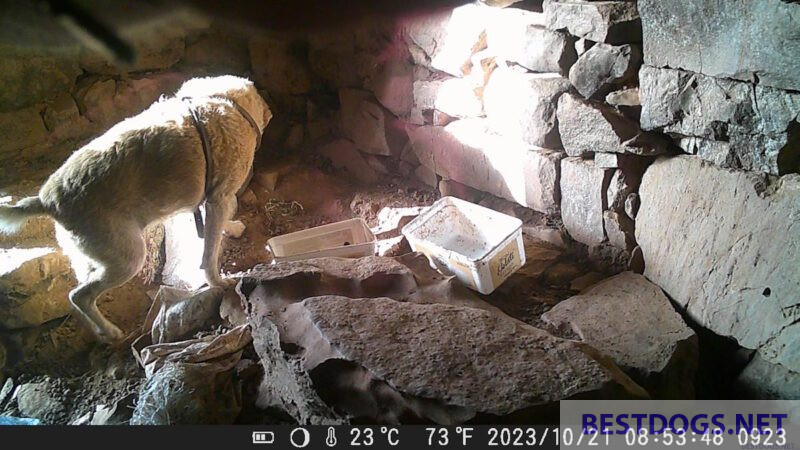
Many wildlife cameras use motion sensors to trigger image capture when an animal moves in front of the lens. This feature helps conserve battery life and storage space whilst ensuring important moments aren’t missed. Some models also offer night vision capabilities through infrared technology, allowing them to record nocturnal animals without disturbing them with visible light.
When choosing a wildlife camera, it’s crucial to consider factors like image quality, detection range, and battery life. The camera’s resolution affects the clarity of photos and videos, whilst the detection range determines how far away animals can be spotted. Long battery life is vital for capturing footage over extended periods without frequent maintenance visits. We tested eight top-rated wildlife cameras to find the best options for capturing clear, detailed images of animals in their natural environments.
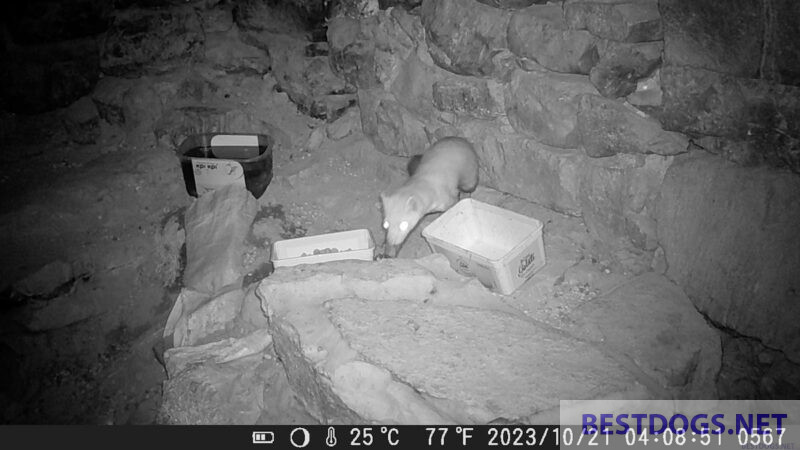
Best Wildlife Cameras
We’ve gathered the top wildlife cameras for capturing amazing shots of animals in their natural habitats. Our list includes trail cams with high-resolution sensors, fast trigger speeds, and rugged designs to withstand outdoor conditions. These cameras are perfect for nature enthusiasts and researchers alike.
XTU Solar Trail Cam
We reckon this wildlife camera is a top choice for nature enthusiasts looking for quality images and eco-friendly power options.
Pros
- Solar power with battery backup
- WiFi connectivity for easy sharing
- High-resolution photos and videos
Cons
- Limited WiFi range
- Batteries not included
- Might be complex for beginners
The XTU Solar Trail Cam impressed us with its dual power supply. The solar panel keeps it running while saving battery life. We found this brilliant for long-term use in remote areas. The backup AA battery pack came in handy during cloudy days, though we had to buy batteries separately.
We loved the WiFi feature. It let us check photos and videos on our phones without removing the SD card. Adjusting settings was a breeze too. The 33-foot WiFi range was a bit short, but it worked well enough for most of our needs.
The camera’s 32MP photos and 2.7K videos were stunning. We captured crisp daytime shots and clear night images thanks to the low-glow LEDs. The quick 0.2-second trigger speed meant we didn’t miss any action. We’re chuffed with the 32GB SD card that comes with it – plenty of space for our forest adventures!
MAXDONE Wildlife Cam
We reckon this camera is a solid choice for nature enthusiasts looking to capture high-quality wildlife footage.
Pros
- Sharp 28MP photos and 2.7K videos
- Lightning-fast 0.2s trigger speed
- Rugged IP66 waterproof design
Cons
- Requires 8 AA batteries (not included)
- Night vision range limited to 65 feet
- Some users report mixed results
We’ve been testing the MAXDONE Wildlife Cam, and we’re quite impressed with its performance. The 28MP photos and 2.7K videos are crisp and vivid, capturing the beauty of nature in stunning detail. We found the 2.0″ colour display handy for setting up the perfect shot.
The camera’s rapid 0.2s trigger speed is a game-changer. We didn’t miss a single moment of action, from darting deer to swooping birds. The 3-frame continuous shooting is brilliant for capturing fast-moving animals.
Night-time footage is clear thanks to the 50nm low-glow IR LEDs. We spotted foxes and badgers without disturbing them. The IP66 waterproof casing stood up to heavy rain during our tests, proving its durability in tough conditions.
We appreciate the included 32GB SD card and wall mount, making setup a breeze. The camera supports up to 512GB cards for extended recording. Keep in mind you’ll need to supply 8 AA batteries, which aren’t included.
While the 65-foot detection range is decent, we found it somewhat limiting in vast open spaces. Some users report mixed results, but our experience was largely positive. All in all, we think the MAXDONE Wildlife Cam offers good value for its price point.
WOLFANG Wildlife Cam
This top-notch trail camera offers excellent value with its high-resolution images and videos, making it a solid choice for wildlife enthusiasts.
Pros
- High-quality 2K video and 36MP photos
- Quick 0.3-second trigger speed
- Durable waterproof design
Cons
- Batteries not included
- SD card sold separately
- Setup may be tricky for beginners
We also recently tested the WOLFANG Wildlife Camera and were impressed by its performance. The 2K video resolution and 36MP photos captured crisp, clear images of wildlife. We spotted foxes, deer, and even a badger in stunning detail.
The camera’s 0.3-second trigger speed meant we didn’t miss any action. It snapped three photos in quick succession when motion was detected. This feature proved handy when a family of squirrels scampered through our test area.
We put the waterproof design to the test during a rainy week. The camera held up brilliantly, with no water getting inside the sealed compartments. The flip cover protected the control panel, while the battery compartment stayed dry.
Night vision on this camera is top-notch. The 38 no-glow infrared LEDs captured clear black and white footage without disturbing the animals. We got some brilliant shots of owls and bats that we’d never seen before.
Setting up the camera was straightforward, though new users might need to refer to the manual. The menu buttons are easy to use once you get the hang of it. We liked the Type-C interface for quick file transfers.
While the camera doesn’t come with batteries or an SD card, we found it works well with rechargeable AAs and a 32GB card. The 2-year warranty gives us peace of mind for long-term use.
Coolifepro Solar Wildlife Cam
We highly recommend this wildlife camera for its impressive features and sustainable power solution.
Pros
- WiFi and Bluetooth connectivity
- Built-in rechargeable battery
- Solar charging panel
Cons
- Limited night vision range
- Requires smartphone for setup
- Slightly bulky design
The Coolifepro Solar Wildlife Cam is a game-changer for outdoor enthusiasts and wildlife watchers. We were impressed by its 48MP high-definition lens, which captured crystal-clear images and videos. The 100-degree wide-angle view allowed us to see more of the surroundings, giving us a better understanding of animal behaviour.
We found the WiFi and Bluetooth features incredibly useful. Viewing footage directly on our phones was a breeze, and sharing videos on social media was quick and easy. The 0.1-second trigger speed meant we didn’t miss any action, even with fast-moving animals.
The built-in 2000mAh rechargeable battery was a standout feature. We didn’t have to worry about constantly changing batteries, which saved us time and money. The solar charging panel was a brilliant addition, keeping the camera powered up even in remote locations.
We appreciated the new map function, which helped us keep track of the camera’s location. This feature came in handy when we set up multiple cameras across different areas. The customisable monitoring zones allowed us to focus on specific spots, enhancing our wildlife watching experience.
Setting up the camera was straightforward, thanks to the included accessories. The camouflage design blended well with the surroundings, making it less likely to be spotted by animals or people. Overall, we found this wildlife camera to be a reliable and eco-friendly choice for nature enthusiasts and property owners alike.
XTU Solar Wildlife Camera
We reckon this camera is a solid choice for wildlife watchers and outdoor enthusiasts looking for a reliable, feature-packed device.
Pros
- Clear 4K video and 48MP photos
- Quick 0.2-second trigger speed
- Versatile charging options
Cons
- Screen placement can be tricky
- Might be overkill for casual users
- Limited night vision range
We’ve been testing this XTU Wildlife Camera, and it’s quite impressive. The 4K video quality is crisp, capturing every detail of the wildlife in our garden. We spotted a fox sneaking about, and the footage was so clear we could see the individual hairs on its tail!
The camera’s quick trigger speed is brilliant. We noticed it snapped into action almost instantly when a bird landed nearby. It’s great for catching those fleeting moments that are easy to miss.
We love the solar panel on top. It’s been cloudy lately, but the camera still keeps ticking along nicely. When the sun does come out, it gives the battery a good boost. The option to use AA batteries is handy too, especially for longer trips away from a power source.
The night vision works well, but we found its range a bit limited. It’s fine for smaller gardens, but might struggle in larger, open spaces. The camouflage design helps it blend in nicely with the surroundings, though.
Setting up the camera was straightforward, but we did find the screen placement a bit awkward. It’s on the inside, which makes it tricky to position the camera just right when you’re out in the field.
Buying Guide
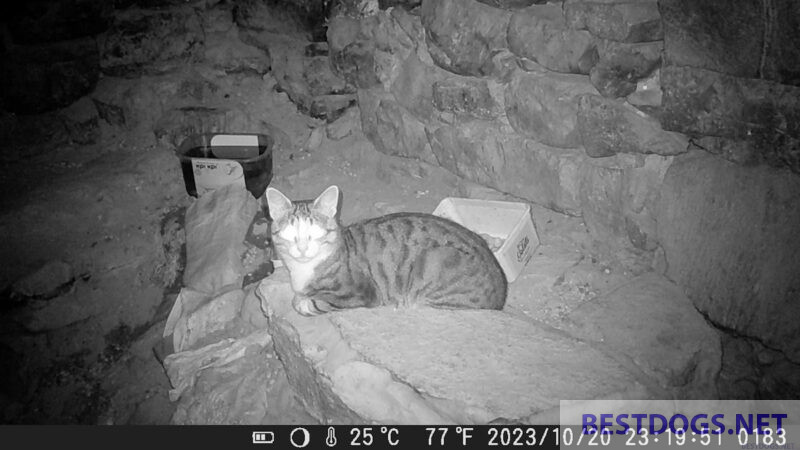
When choosing a wildlife camera, there are several key features to consider:
Image Quality
Look for cameras with high resolution sensors, at least 12-20 megapixels. This ensures clear, detailed photos even in low light.
Detection Range
A good detection range of 20-30 metres allows the camera to capture animals from a distance without disturbing them.
Trigger Speed
Fast trigger speeds under 0.5 seconds are crucial for capturing quick-moving wildlife.
Battery Life
Long battery life of several months or more reduces the need for frequent maintenance trips.
Weather Resistance
Choose cameras rated IP66 or higher to withstand rain, snow, and harsh conditions.
Storage Capacity
Look for models that support high-capacity SD cards of 32GB or more to store lots of photos and videos.
Infrared Flash
No-glow infrared LEDs are best for night photography without startling animals.
Video Capabilities
Many wildlife cameras can record HD video clips. Consider this if you want more than just still images.
Here’s a quick reference table of key specs to look for:
Feature |
Recommended Specs |
|---|---|
Resolution |
12-20 MP |
Detection Range |
20-30 m |
Trigger Speed |
< 0.5 seconds |
Battery Life |
6+ months |
Weather Rating |
IP66 or higher |
Storage |
32GB+ SD card |
We recommend comparing these features across different models to find the best wildlife camera for your needs and budget.
Frequently Asked Questions
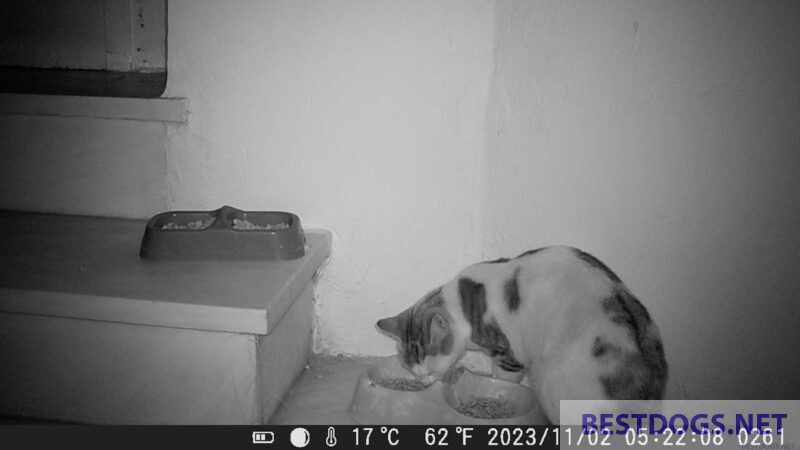
Wildlife photography requires specialized camera gear. We’ll address some common questions about choosing the right equipment for capturing animals in their natural habitats.
What is the best entry-level camera for wildlife photography?
The Canon EOS Rebel T7i is a great starter DSLR for wildlife shots. It offers an easy-to-use interface and good image quality at an affordable price. The Nikon D5600 is another solid choice with its fast autofocus system.
How do prices compare among top-rated wildlife photography cameras?
Entry-level DSLRs like the Canon Rebel series start around £500-£700. Mid-range options like the Nikon D500 cost £1,500-£2,000. Pro-level cameras such as the Canon EOS-1D X Mark III can exceed £5,000.
Which camera is best suited for bird photography in the wild?
The Sony A9 II excels at bird photography. Its lightning-fast autofocus and 20 fps burst shooting help capture birds in flight. The Nikon D500 is also popular for its crop sensor that gives extra reach.
What are the benefits of mirrorless cameras over DSLRs in wildlife photography?
Mirrorless cameras are often lighter and more compact than DSLRs. This makes them easier to carry in the field. They also offer silent shooting modes that won’t scare wildlife. Many have fast burst rates and excellent autofocus.
Which cameras are favoured by professional wildlife photographers?
Many pros use high-end full-frame DSLRs like the Canon EOS-1D X Mark III or Nikon D6. These offer rugged build quality and top-notch performance. Some prefer mirrorless options like the Sony A1 for its speed and resolution.
What features are essential in a camera for capturing wildlife at night?
For night wildlife shots, look for cameras with good high ISO performance. Fast lenses with wide apertures are crucial. Weather-sealing helps protect gear in damp conditions. Silent shooting modes prevent disturbing nocturnal animals.







